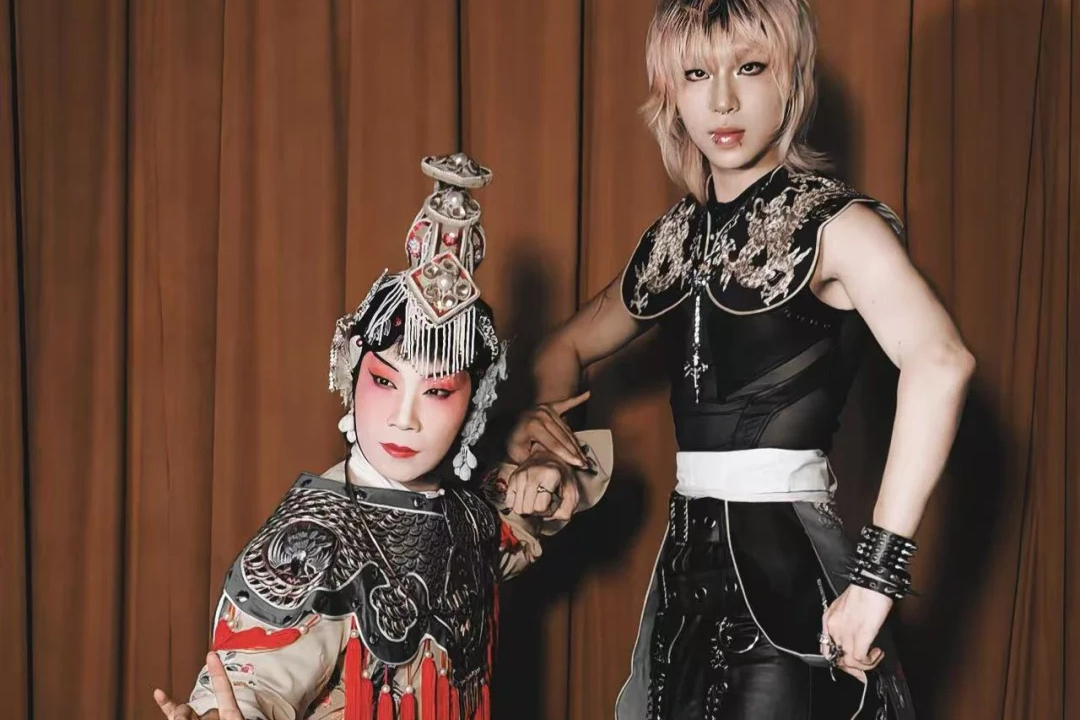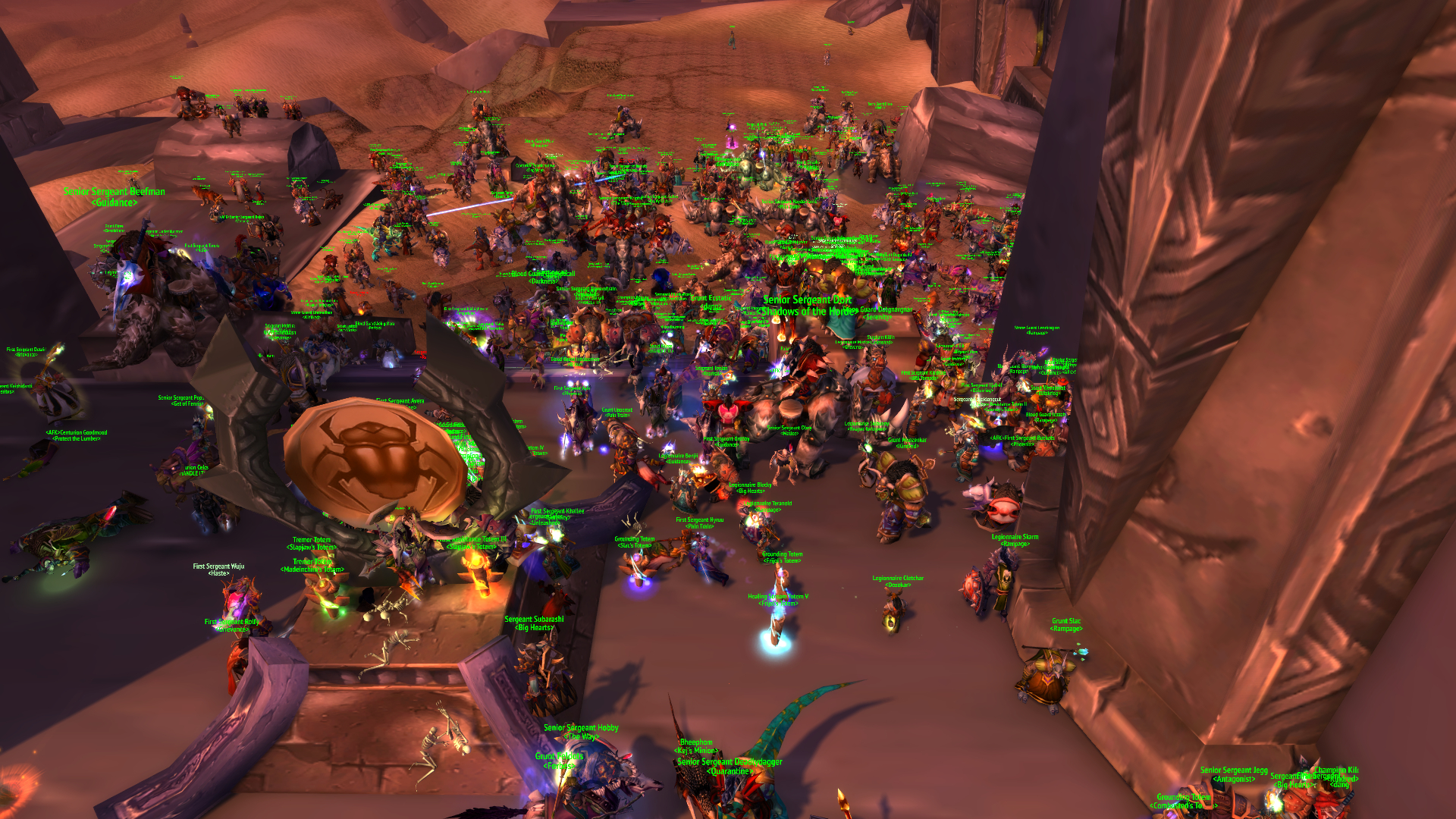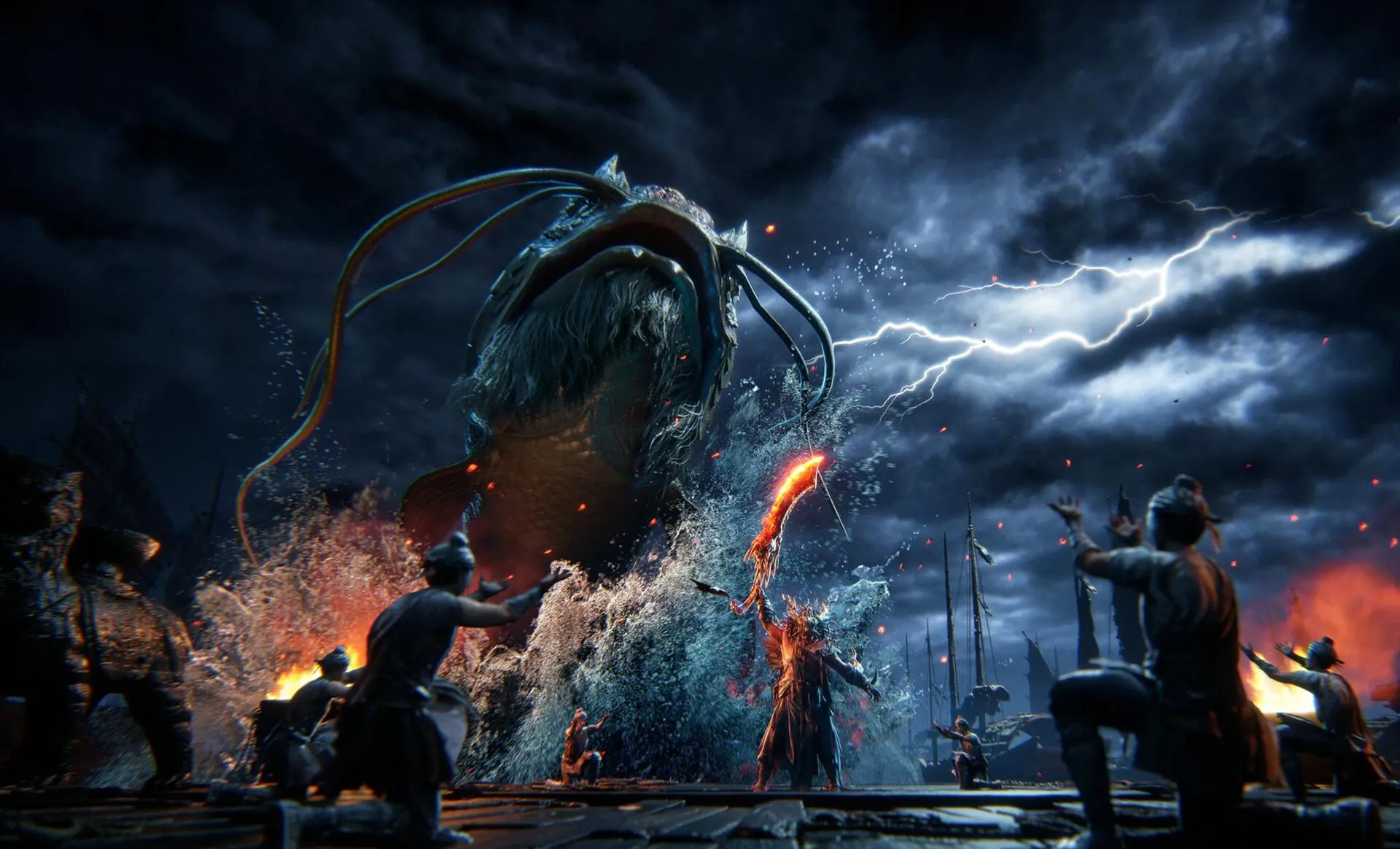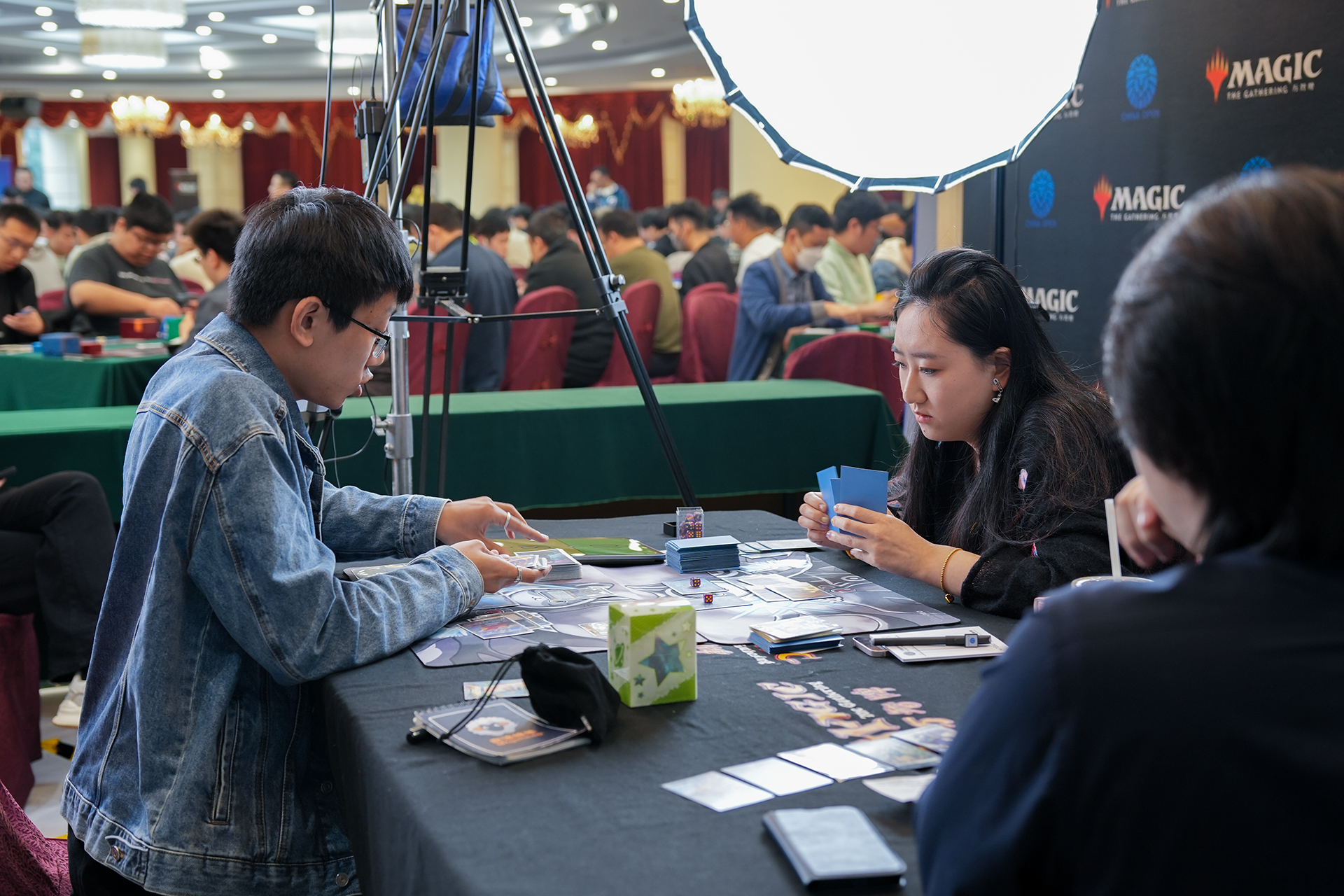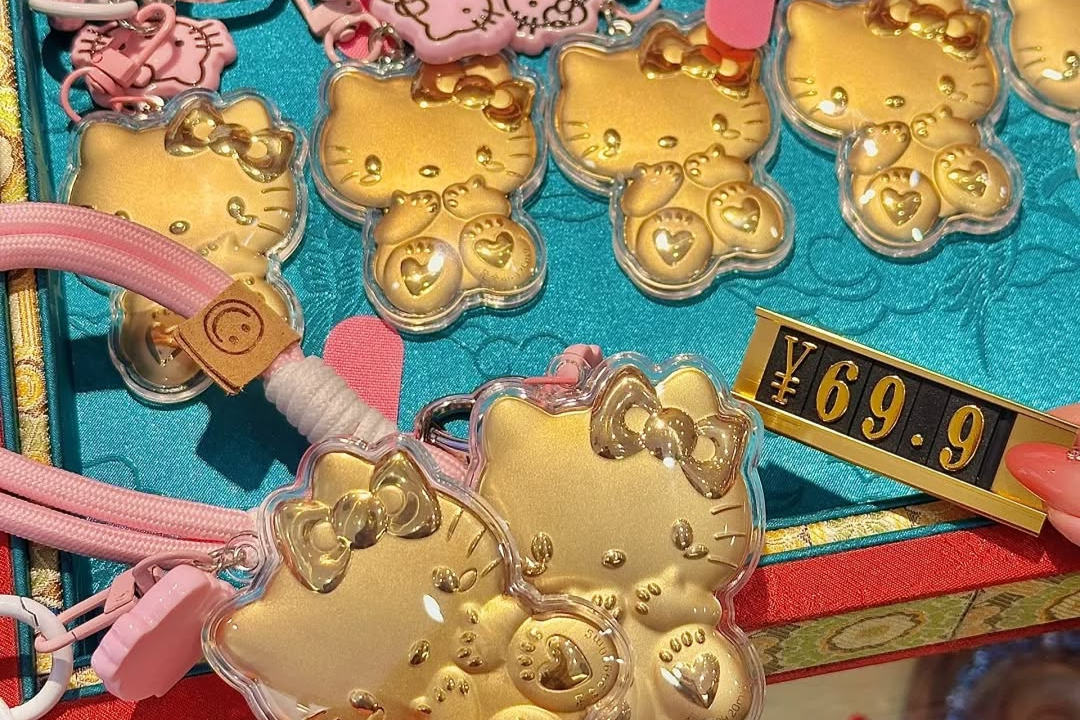When World of Warcraft announced its return to Chinese servers, significant player interest followed within days of the announcement, essentially forming a digital army ready to reconquer Azeroth. This isn’t just game enthusiasm; it’s cultural reclamation following the renewed partnership between Blizzard and NetEase in April 2024.
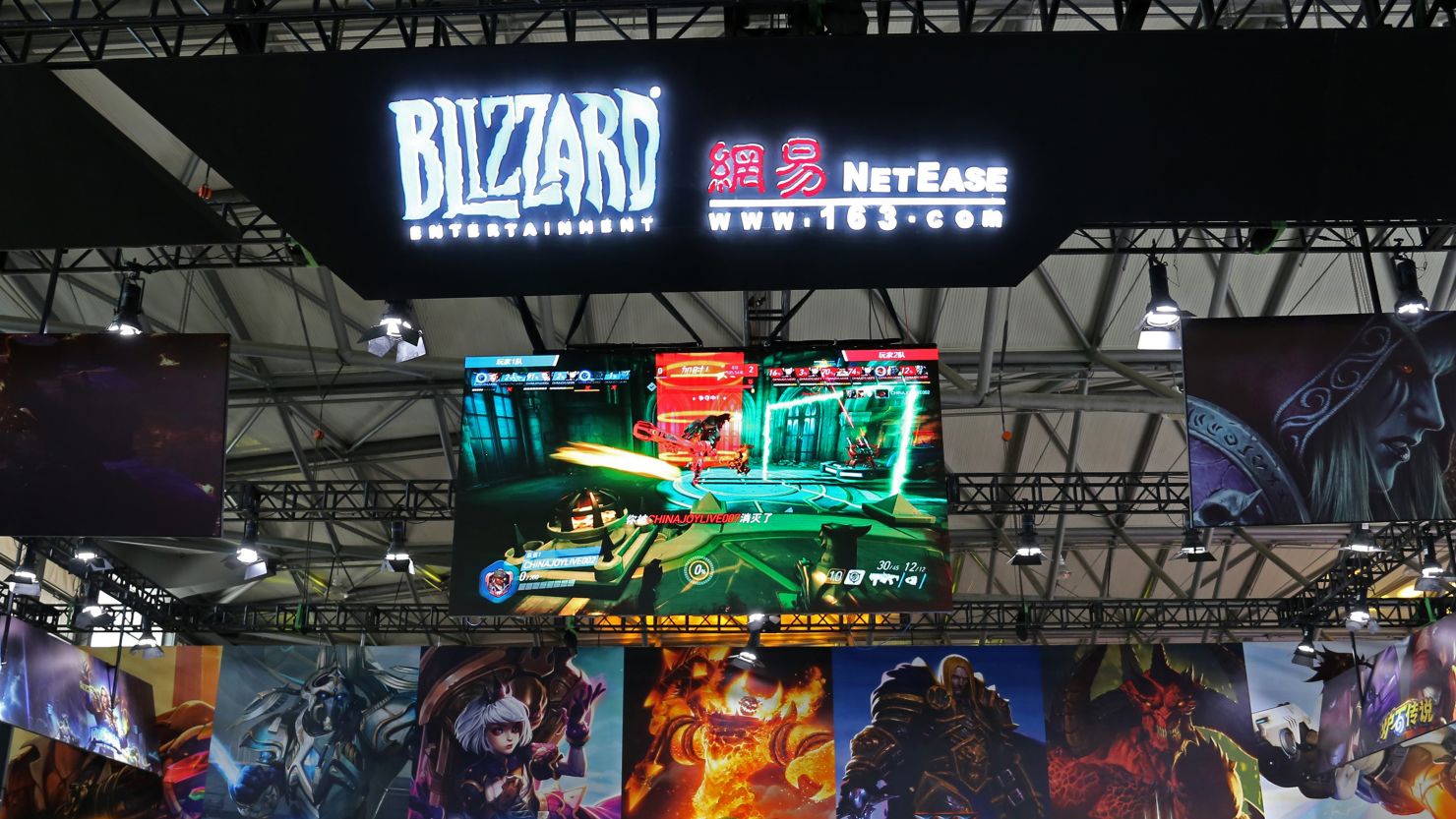
The community’s passion runs deeper than typical gaming enthusiasm. Players maintained underground communities during the game’s absence, organizing through VPNs and private servers to keep their guilds alive while waiting for official servers to return. What makes China’s WoW Classic revival fascinating isn’t just its popularity but its cultural approach. While Western players debate purist Classic experiences, Chinese gamers are pioneering hybrid approaches that blend nostalgia with innovation.
The current focus centers on Cataclysm Classic’s Dragon Soul phase, with players preparing for the challenges ahead. Meanwhile, Blizzard’s roadmap includes Burning Crusade and other Classic expansions planned for 2025, giving the community plenty to anticipate. Chinese gaming forums buzz with theories about optimal raiding strategies, class balance discussions, and community-driven content that would make even the most dedicated international players take notice.
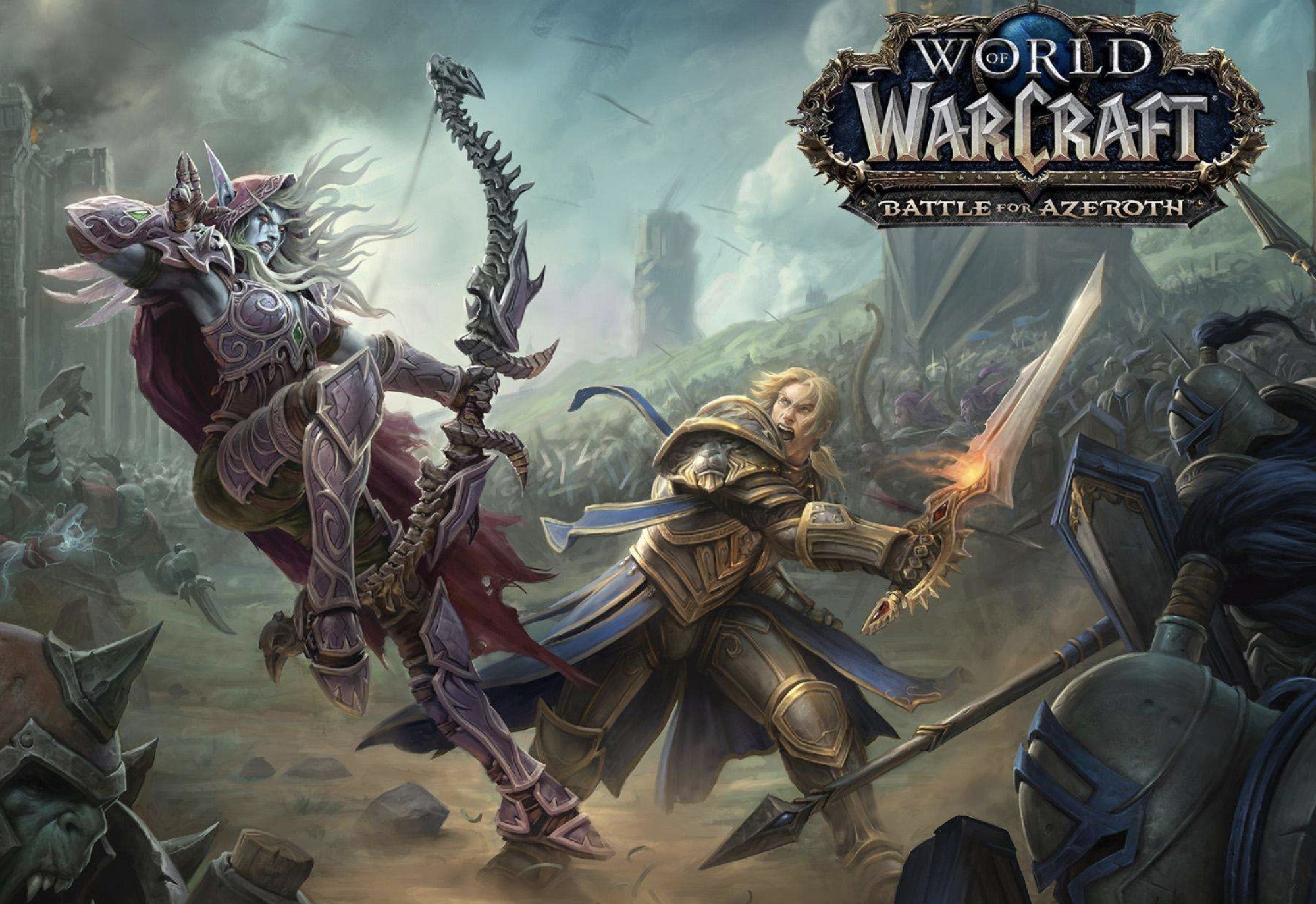
Internet cafés across major Chinese cities have transformed into de facto WoW sanctuaries, with many establishments dedicating entire sections to Classic players. These spaces have become cultural hubs where the line between digital and physical communities blurs completely.
Gaming cafés report unprecedented demand for WoW Classic sessions, with some establishments hosting guild meetings, raid preparation sessions, and community events. The scene represents a unique fusion of China’s internet café culture with WoW’s legendary social dynamics. Players gather for marathon sessions preparing for current Cataclysm Classic content, creating temporary communities that extend beyond the digital realm into physical spaces where strategy, friendship, and shared nostalgia intersect.
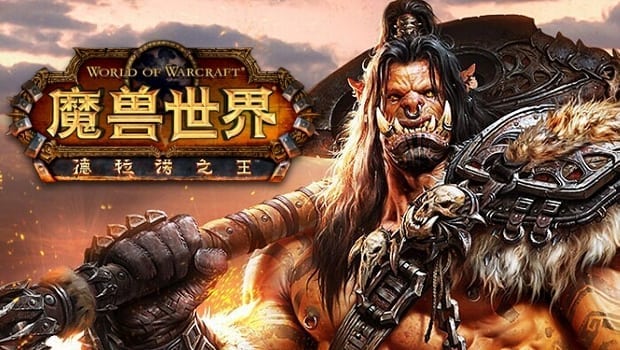
The resurgence represents something more profound than gaming: a community that refuses to let corporate decisions dictate their cultural attachments. During Blizzard’s absence from China, players demonstrated remarkable resilience in maintaining their communities through unofficial channels.
Now, with official servers returning and technical tests underway, the community’s pent-up enthusiasm has created a cultural moment that extends far beyond gaming circles. For China’s gaming community, World of Warcraft isn’t just making a comeback—it’s being reborn through a lens of resilience, community solidarity, and digital cultural preservation. The phenomenon showcases how gaming communities can transcend corporate decisions and geographical boundaries to maintain shared cultural experiences.
Cover image via VICE.
